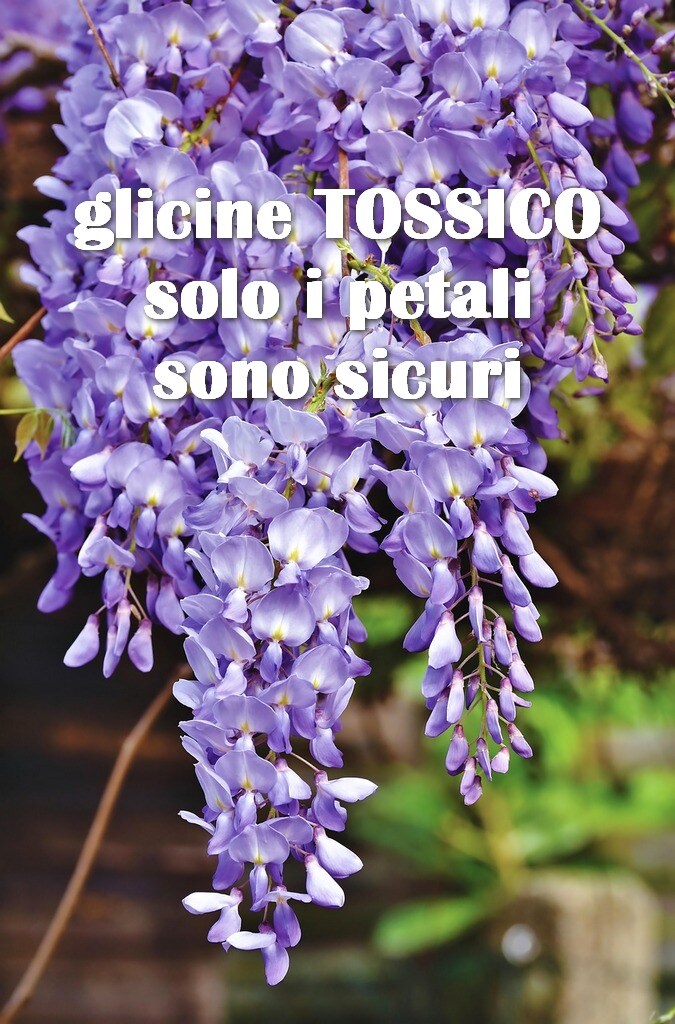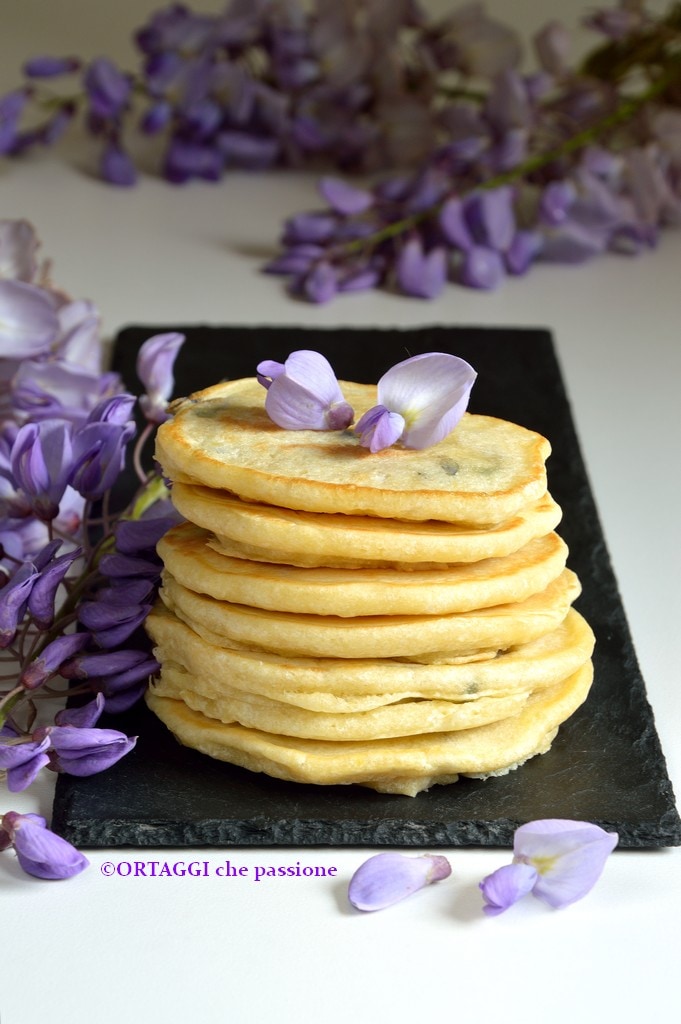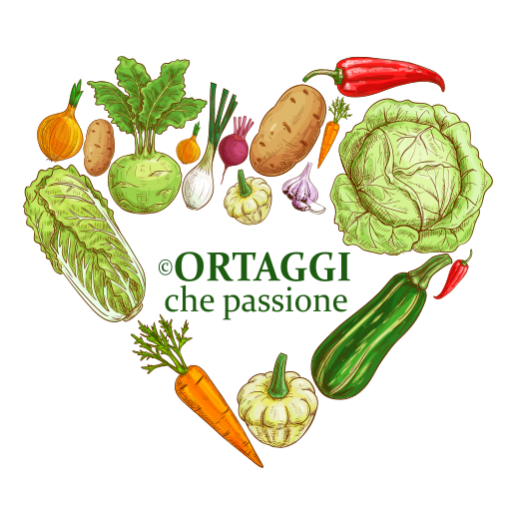The wisteria, although mainly known for its decorative beauty, also has a use in cooking, but with great care. Only the small petals are edible. It is important to avoid other parts of the plant, which are toxic. The flavor of the petals is delicate and floral, adding a special note to dishes and beverages.
Fried wisteria in batter is poisonous if all toxic parts are not properly removed. It is crucial to separate only the petals and cook them carefully to avoid risks.
Do you like the color of blooming wisteria and want to plant it in your garden? The price depends on the variety and size of the plant but usually ranges from 20 to 50 euros for a young plant.
When does wisteria bloom? It blooms in spring, generally between April and May, depending on the climate and variety. During this period, it produces fragrant and colorful flower clusters, which can range from purple to white to blue.
RECIPES with edible flowers

- Portions: Use sparingly, only the PETALS
- Seasonality: Spring
- Energy 12.00 (Kcal)
- Carbohydrates 0.50 (g) of which sugars 0.00 (g)
- Proteins 1.70 (g)
- Fat 0.40 (g) of which saturated 0.00 (g)of which unsaturated 0.00 (g)
- Fibers 0.00 (g)
- Sodium 0.00 (mg)
Indicative values for a portion of 100 g processed in an automated way starting from the nutritional information available on the CREA* and FoodData Central** databases. It is not food and / or nutritional advice.
* CREATES Food and Nutrition Research Center: https://www.crea.gov.it/alimenti-e-nutrizione https://www.alimentinutrizione.it ** U.S. Department of Agriculture, Agricultural Research Service. FoodData Central, 2019. https://fdc.nal.usda.gov
Wisteria petals
Wisteria petals are edible and can be used in cooking, but it is essential to consume them in moderation and with caution. However, there are no specific nutritional data for wisteria petals. In general, edible flowers provide few calories and contain traces of vitamins and minerals, but they are not a significant source of nutrients.
It is important to note that all OTHER PARTS of the wisteria plant, such as leaves, seeds, and roots, are TOXIC and should not be consumed. Therefore, it is essential to ensure that only the petals are used and that they are harvested from plants not treated with pesticides or harmful chemicals.
In summary, wisteria petals can be a decorative and aromatic addition to dishes and beverages but should be consumed with awareness of the potential toxicity of other parts of the plant.
- 3.5 oz wisteria petals
How to safely remove wisteria petals?
To detach the wisteria petals one by one without ingesting other parts, gently separate the petals from the flower, taking care to remove only the colored and fragrant part. Avoid ingesting other parts like the calyx (the base of the flower), the peduncle, and the leaves, which are toxic.
Use only the petals, as the other parts of the plant are toxic.
🍀 Jam: prepare jam by combining wisteria petals with fruits like strawberries or apricots. The result will be an aromatic jam with a unique flavor.
🍀 Sweets and desserts: use them to garnish cupcakes, mousse, pancakes, cakes, or other desserts. Their beauty and delicate floral taste add a special touch.
🍀 Ice creams or sorbets: petals can be incorporated into ice cream or sorbet preparations for a unique floral aroma.
🍀 Infusions and herbal teas: add them to teas or herbal teas to create a fragrant and refreshing beverage. Just let them infuse in hot water for a few minutes.
🍀 Salads and savory dishes: add to fresh salads for a note of color and taste. They are also great in chickpea pancakes or omelets. Or in baked goods (focaccia, bread, pizza) for a floral touch.
🍀 Syrups: make an aromatic syrup using wisteria petals, sugar, and water. The syrup can be used to sweeten beverages, ice creams, or desserts.
🍀 Yogurt and mousse: add them to yogurt, puddings, mousse, or panna cotta for a delicate floral touch. Use them mixed in or as a decoration on the surface.
FAQ
What are the toxic effects of wisteria?
Wisteria is a toxic plant, especially its leaves, seeds, and roots. Ingesting these parts can cause symptoms like nausea, vomiting, diarrhea, and abdominal pain. The petals, instead, are edible.
All parts of the plant contain a toxic saponin called wisterin, responsible for effects like dizziness, confusion, speech difficulties, in addition to the gastrointestinal disorders already mentioned, and in more severe cases, even collapse. The highest concentration of this toxin is found in the seeds.
The toxicity of wisteria can pose a serious danger, especially for children and pets, so it is essential to handle and consume this plant with extreme caution.What does wisteria taste like?
It has a delicate, slightly sweet, and fresh flavor, with notes reminiscent of the flower’s fragrance.
What is the meaning of wisteria?
Wisteria symbolizes beauty, grace, and kindness. In many cultures, it is also associated with spirituality and serenity, representing eternal love and harmony. Its scent and abundant blooming make it a symbol of renewal and growth.
What is the fruit of wisteria?
The fruit of wisteria is an elongated pod, similar to that of beans, which contains hard and shiny seeds. It is not edible; in fact, it is the most toxic part of the plant.
How to make wisteria bloom?
To make wisteria bloom, it is important to ensure that the plant has enough sun (at least 6 hours a day) and is properly pruned. Pruning old branches in late winter or early spring stimulates blooming. Be patient, as wisteria can take several years to bloom if it is young.
In what month does wisteria lose its leaves?
Wisteria usually loses its leaves in autumn, generally between October and November, when temperatures start to drop and the plant enters dormancy.
Can it be planted in a pot?
Wisteria can be planted in a pot, but caution is needed with its roots, which tend to grow extensively. It is important to choose a pot that is large and deep enough to allow the plant to develop. Additionally, wisteria needs a lot of sunlight and a support to climb, so you will also need to provide a trellis or lattice.

